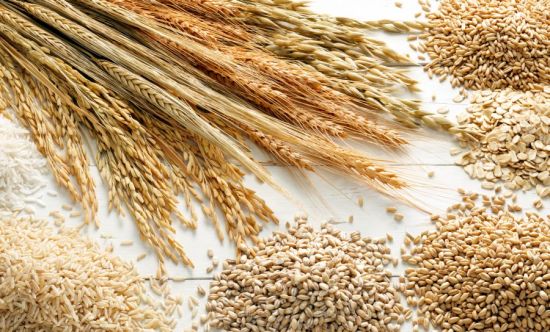Models are fundamental tools to helping us understand and
predict real-life scenarios without having to meddle and tamper with them in
actuality. Crop modelling is of particular importance to our society,
particularly when considering the global population’s high dependence on the security,
efficiency and existence of crops. Additionally, the large scale of systems
like these raises a multitude of potential environmental implications that must
be measured carefully and projected as accurately as possible.
However, there is some ambiguity and scepticism revolving
around the use of models, especially within the field of crop modelling. In the
last two decades, research has be launched to reduce the uncertainty prevalent
in existing models through inter-comparison, scaling, development of code,
removal of deficiencies and calibration of models to suit certain regions more
effectively.
Below are some strong examples of models, or improvement projects,
which have been utilised in last 15 years (and are, quite possibly, the cream of the crop!).
Sirius is a simulation model which focuses on a specific
cereal, wheat, to estimate the growth of wheat in multiple conditions,
including varying climate scenarios. Within the simulation, photosynthetically active radiation (PAR) (the wavelength range of photosynthesis, between
400nm to 700nm) is obtained, using satellite imaging, to measure the biomass,
and net growth of wheat. The leaf area index (LAI) (the proportion of
ground area covered by vegetation) is then found using a thermal-time model, in
order to estimate the natural cycle of leaf appearance and fluctuation in wheat.
From here, Sirius has been programmed to measure the nitrogen and water
deficiencies in the crop, by combining observations of LAI over time with
photosynthetic effect. The model has been successfully calibrated in Europe,
New Zealand, Australia and USA, and has shown accurate results in the face of
climate change.
The purpose of ATOPICA is to model the health risks and
future trends of a particular allergenic pollen strain “Ambrosia” associated
with the European influence of climate change, pollution and land-use changes. The
aims of the project are:
- Increase understanding of the interaction
between environmental change and effects on sufferers of Ambrosia pollen-related
allergies
- Assessing the present and future risks
associated with allergens
- To formulate responses to outbreaks, and improve
regulation, in a policy-making context
ADAPTAWHEAT is a four year project, set to complete next
month, after commencing in January 2012. Its aim is to improve crop yield and
performance of wheat, and develop adaptation strategies against climate change,
within Europe, by looking at particular genetic components and germplasm,
for flowering time and its periodicity (phenology).
LARS-WG conducts a time-series analysis of the weather in
certain locations to assess the risk of weather on agriculture and hydrology,
and make future predictions based on climate change scenarios. Version 5.0 of the LARS-WG model uses data from 15 Global
Climate Models (commonly known as GCMs) to eliminate or reduce uncertainty in
results which can stem from differences in model design. Examples of the weather measured include heavy
precipitation, drought and heat waves, alongside normal everyday weather
activity.
AgMIP, the Agricultural Model Intercomparison and
Improvement Project, has the core objective to inter-compare multiple models,
reduce uncertainty and calibrate them sufficiently, so that these crop models
output more reliable results for future projects of baseline and other climate
change scenarios. These predictions will be combined with economic models, to
formulate appropriate adaptation strategies and enhance food security globally.
The main elements of the project are:
- Inter-comparing crop models to reduce
uncertainties in temperature, precipitation and greenhouse gas emissions
- Juxtapose with observations of temperature,
precipitation and GHG emissions
- Developing stronger computer code and
strengthening understanding of relationships within the system
- Calibration of model based on region
- Simulation impacts of soil health and water
sources on agriculture
- Utilising models to develop suitable adaptation
strategies
The crops tested within the context of AgMIP were originally
wheat, maize, rice and sugarcane, with expansion now allowing to modelling of potato,
sorghum-millet, peanut (groundnut) and soybean.
MACSUR take a similar approach to AgMIP with their CropM
project, which aims to improve the quality of crop models by reducing
uncertainty through inter-comparison, scaling methodologies, data compilation, and
inclusion of (often neglected) factors, such as, impact of climate change on
flowering and the use of crop rotation modelling. By linking crop and soil
modelling, they are able to obtain a stronger, more accurate depiction of reality,
which will help them develop stronger adaptation and mitigation strategies to
climate change, and well as strengthen global food security.

















